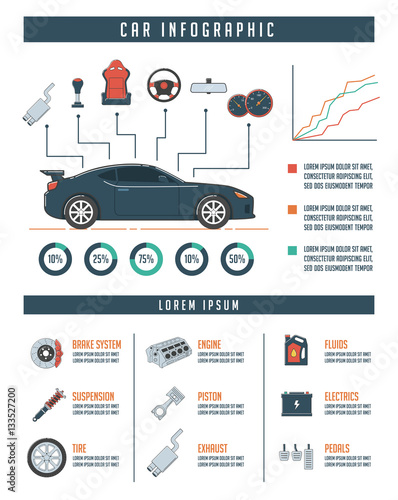Recognizing Your Car'S Warning Lights: What Do They Truly Mean?
Recognizing Your Car'S Warning Lights: What Do They Truly Mean?
Blog Article
Web Content Author-Higgins Torres
When you lag the wheel, those radiant warning lights on your control panel can be a bit puzzling. Do you understand what they're trying to tell you concerning your car's health? Comprehending the significance of these lights is important for your safety and the long life of your automobile. So, interior shampoo near me among those lights turns up, would not you wish to decipher its message properly and take the required actions to address it?
Common Caution Lighting and Interpretations
Identify usual caution lights in your auto and comprehend their significances to make certain secure driving.
The most common warning lights consist of the check engine light, which signifies problems with the engine or exhausts system. If this light begins, it's vital to have your automobile checked without delay.
The oil pressure cautioning light suggests reduced oil pressure, calling for prompt attention to stop engine damage.
A flashing battery light may suggest a defective charging system, possibly leaving you stranded otherwise dealt with.
The tire pressure surveillance system (TPMS) light signals you to reduced tire pressure, influencing car stability and fuel effectiveness. Ignoring this can lead to dangerous driving problems.
The ABS light shows a trouble with the anti-lock braking system, compromising your ability to stop quickly in emergency situations.
Lastly, the coolant temperature warning light warns of engine getting too hot, which can result in serious damages otherwise fixed quickly.
Understanding these common warning lights will certainly assist you attend to problems without delay and maintain risk-free driving conditions.
Value of Prompt Interest
Comprehending the typical warning lights in your vehicle is only the first step; the significance of without delay dealing with these warnings can't be stressed sufficient to guarantee your safety on the road.
When a warning light illuminates on your control panel, it's your cars and truck's method of interacting a possible concern that needs focus. Neglecting these cautions can lead to a lot more extreme troubles in the future, jeopardizing your safety and security and potentially costing you much more out of commission.
Prompt attention to alerting lights can protect against breakdowns and accidents. For car polishing auckland , a blinking check engine light might suggest a misfire that, if left ignored, might cause damage to the catalytic converter. Addressing this promptly can conserve you from a costly repair work.
Likewise, a brake system advising light might indicate reduced brake fluid or worn brake pads, important components for your safety and security when driving.
Do It Yourself Troubleshooting Tips
If you see a caution light on your dashboard, there are a couple of DIY repairing tips you can try before seeking professional assistance.
The initial step is to consult your car's manual to understand what the specific caution light suggests. Sometimes the issue can be as basic as a loose gas cap triggering the check engine light. Tightening up the gas cap might resolve the problem.
An additional common problem is a low battery, which can set off various cautioning lights. Checking the battery connections for corrosion and ensuring they're protected might repair the problem.
If a caution light persists, you can attempt resetting it by detaching the automobile's battery for a few mins and after that reconnecting it. Furthermore, examining https://trentonmhcwr.win-blog.com/10026048/the-advancement-of-car-describing-techniques-over-the-last-years , such as oil, coolant, and brake fluid, can aid repair cautioning lights related to these systems.
Final thought
Finally, recognizing your cars and truck's caution lights is crucial for keeping your car running efficiently and securely. By without delay attending to these notifies and recognizing what they mean, you can stay clear of pricey fixings and possible break downs.
Keep in mind to consult your vehicle's guidebook for specific details on each alerting light and take action as necessary to ensure a hassle-free driving experience.
Stay informed, stay safe when traveling!
